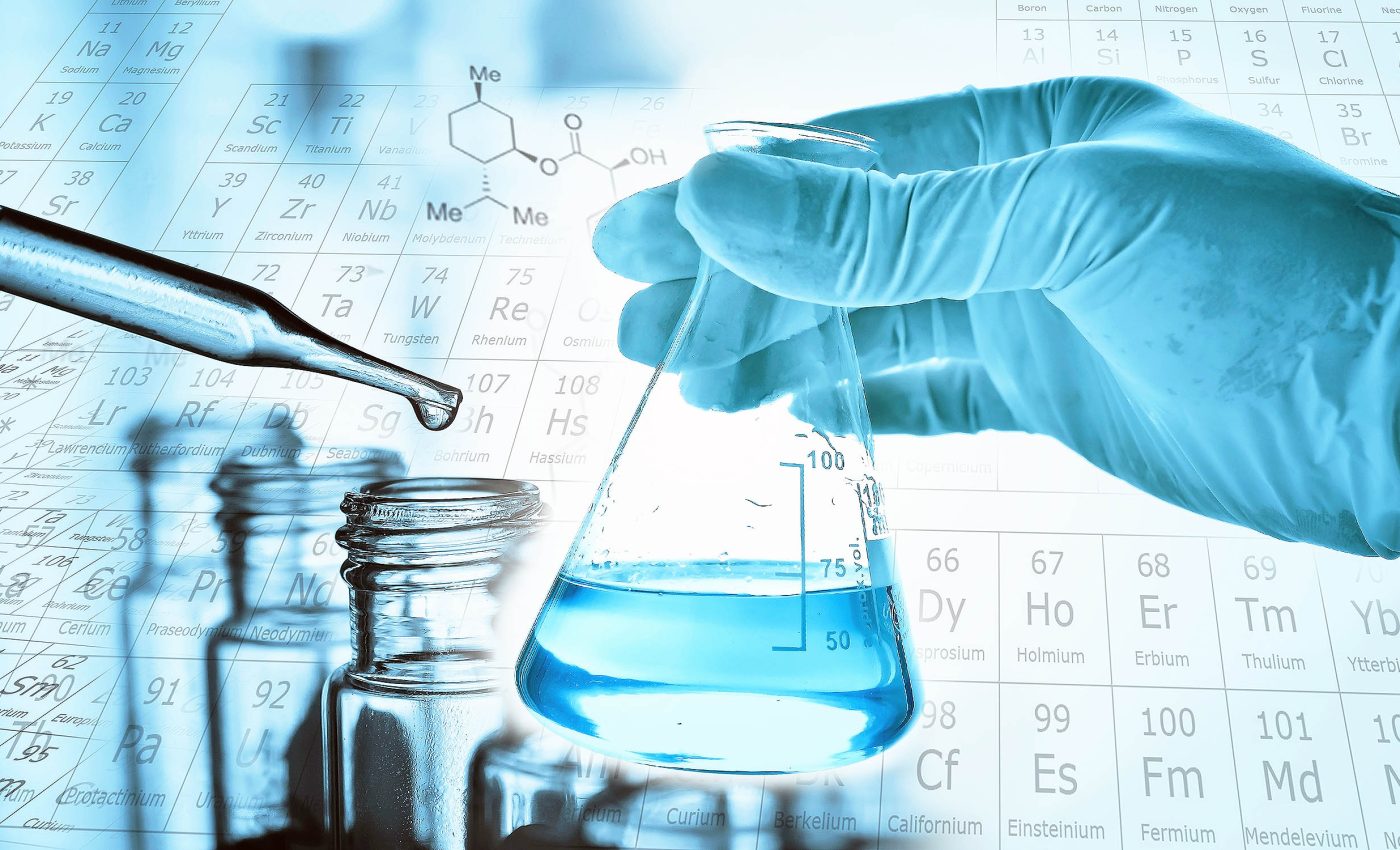
Water captured on video forming out of thin air for the first time
Have you ever wondered what it takes to generate water? Scientists have been at it for years. But now, it seems, we are really on to something.
For the first time ever, scientists have observed the birth of water right from its atomic constituents – hydrogen and oxygen — joining hands to form tiny bubbles of water.
This all happened in a Northwestern University lab where a team of scientists was trying to unravel the secret of how a metallic element, palladium, aids the gases in reacting to form water.
The exciting part? They noticed all this at a nanoscale.
Optimal conditions for water generation
What’s even more astonishing is that this reaction doesn’t require harsh conditions, making it a potentially useful tool to generate water quickly in dry areas, even including other planets.
The study is set to be published in the journal Proceedings of the National Academy of Sciences. So, what’s all the excitement about?
Study senior author Vinayak Dravid is a professor at Northwestern’s McCormick School of Engineering and founding director of NUANCE Center.
“By directly visualizing nanoscale water generation, we were able to identify the optimal conditions for rapid water generation under ambient conditions,” explained Dravid.
Applications of rapid water generation
According to Dravid, the findings have significant implications for practical applications, enabling rapid water generation in deep space environments using gases and metal catalysts, without requiring extreme reaction conditions.
“Think of Matt Damon’s character, Mark Watney, in the movie ‘The Martian.’ He burned rocket fuel to extract hydrogen and then added oxygen from his oxygenator,” said Dravid.
“Our process is analogous, except we bypass the need for fire and other extreme conditions. We simply mixed palladium and gases together.”
Hidden secret of palladium
In the early 1900s, scientists knew that palladium could help generate water quickly. However, the exact process remained a mystery, noted study first author Yukun Liu, a PhD candidate in Dravid’s laboratory.
“It’s a known phenomenon, but it was never fully understood,” said Liu. “Because you really need to be able to combine the direct visualization of water generation and the structure analysis at the atomic scale in order to figure out what’s happening with the reaction and how to optimize it.”
And that was impossible until nine months ago when Dravid’s team introduced a method to analyze gas molecules in real time. They essentially created a super-thin glassy membrane with a honeycomb design to hold gas molecules so they could be viewed within high-vacuum transmission electron microscopes.
The result was remarkable. Researchers could now look at samples in atmospheric pressure gas at a resolution of just 0.102 nanometers – a significant leap from the 0.236-nanometer resolution offered by other leading tools.
Breakthrough: The smallest bubble!
Using their new technique, the team observed the reaction on palladium. As hydrogen atoms entered the palladium, expanding its square lattice, they saw tiny water bubbles forming at the metal’s surface.
“We think it might be the smallest bubble ever formed that has been viewed directly. It’s not what we were expecting. Luckily, we were recording it, so we could prove to other people that we weren’t crazy,” said Liu.
“We were skeptical. We needed to investigate it further to prove that it was actually water that formed,” another researcher, Kunmo Koo, points out.
The researchers used electron energy loss spectroscopy to analyze these bubbles. By examining the energy loss of scattered electrons, they detected oxygen-bonding characteristics unique to water.
To confirm that the bubbles were indeed water, they were heated to evaluate the boiling point.
Fastest way to generate water
After the experts confirmed that the palladium reaction was generating water, the next challenge was to optimize the process. They tried different combinations of hydrogen and oxygen to determine the quickest rate of water generation.
The team discovered that adding hydrogen first, followed by oxygen, led to the fastest reaction rate. After filling the palladium with hydrogen, they then introduced oxygen gas – resulting in a swift reaction.
“When we stored hydrogen in the palladium first, and then added oxygen, the reaction started. Hydrogen comes out of the palladium to react with the oxygen, and the palladium shrinks and returns to its initial state,” explained Liu.
Sustainable system for space exploration
The Northwestern team envisions a future where this process could be put to good use. The idea is to prepare hydrogen-filled palladium before traveling into space and then add oxygen to generate water for drinking or watering plants.
Although the study focused on studying bubble generation at nanoscale, larger sheets of palladium would generate much larger quantities of water.
“Palladium might seem expensive, but it’s recyclable,” said Liu. “Our process doesn’t consume it. The only thing consumed is gas, and hydrogen is the most abundant gas in the universe. After the reaction, we can reuse the palladium platform over and over.”
The study is published in the journal Proceedings of the National Academy of Sciences.
Video Credit: Vinayak Dravid/Northwestern University
—–
Like what you read? Subscribe to our newsletter for engaging articles, exclusive content, and the latest updates.
Check us out on EarthSnap, a free app brought to you by Eric Ralls and Earth.com.
—–













